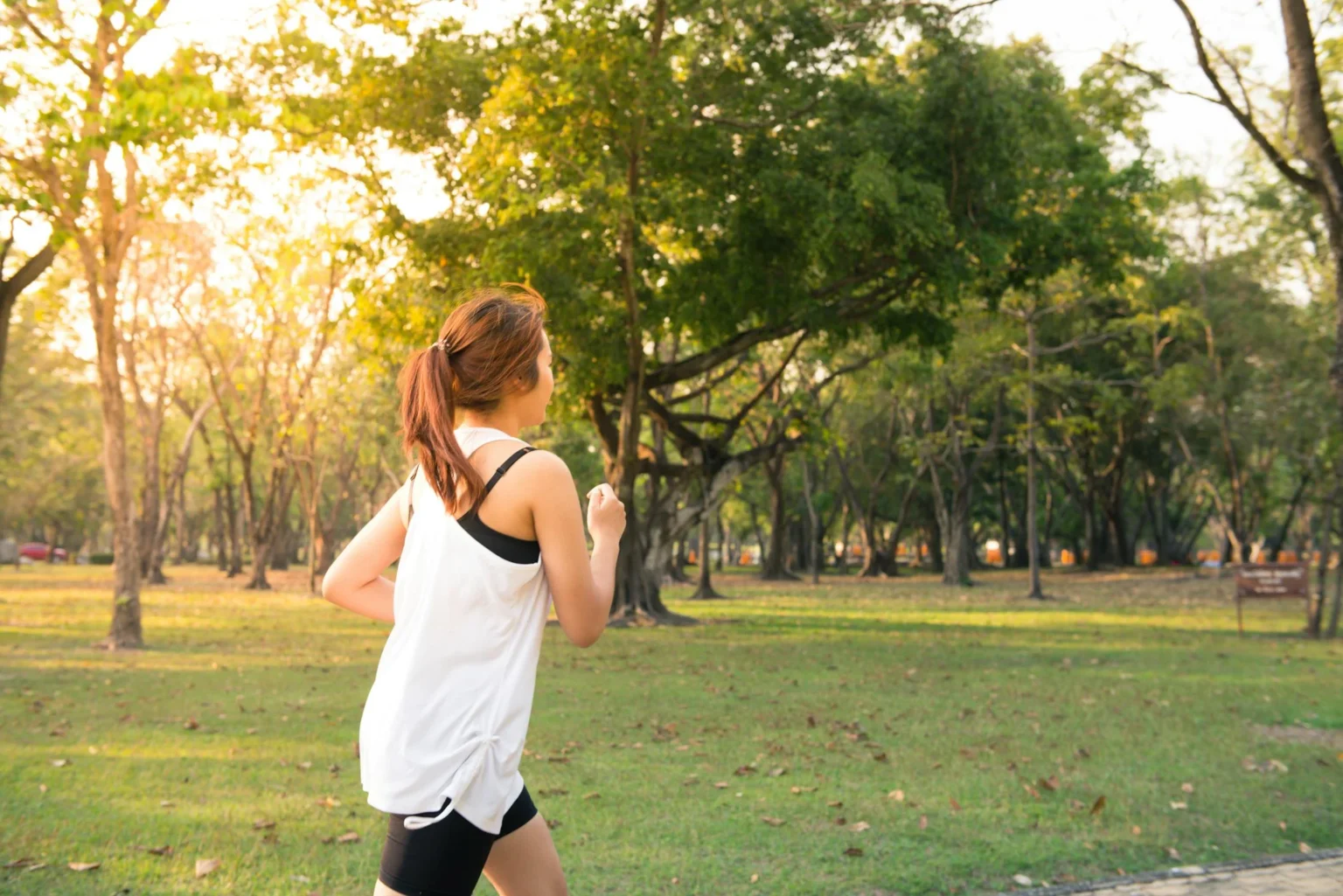The Importance of Cross-Training
“A runner needs to cross train to keep their body in balance,” says Leanne Kemp, who has run two marathons and several other distance races. “I discovered my love for hiking when we moved to southern Utah. My running has improved greatly because I hike.
Hiking allows your body to take a break from the pounding, and build up strength and endurance. I get the same high when I get to the top of a mountain as I do when I get to the end of a race.”

Push Through It
“My husband is an elite runner and when we were first dating, I had a weepy moment complaining about my weight,” says Megan McGown. “He said, ‘Change into your sports bra, we’re going running.’ That day changed my life. At just five minutes in, I was whining about my legs, my side, everything. He told me to just go one more minute.
We ran 20 minutes that day. And so it began. I am now a runner! I learned that it wasn’t pain that I was feeling; it was just being out of my comfort zone. That little bit of discomfort was nothing compared to the joy and sense of accomplishment that I felt when I finished my 20 minutes.” Since then Megan has run a half-marathon and several 5Ks.
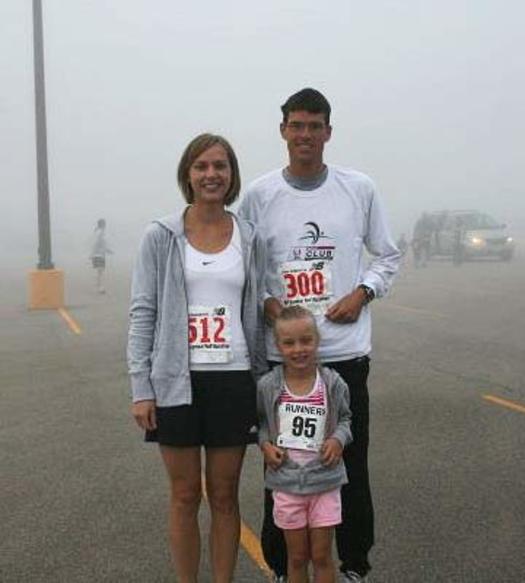

Make It Fun
“I realized the importance of finding the fun in running when I was first training for the marathon,” says Connie Reyes. “After a few tough long runs, I realized that unless I find ways to make it more enjoyable, I’m not going to reach my goal.
Some of the things that helped that were finding a friend to run with, packing my iPod with upbeat songs, and rewarding myself with little things like a new running tee or Muscle Milk after reaching a new distance goal.”
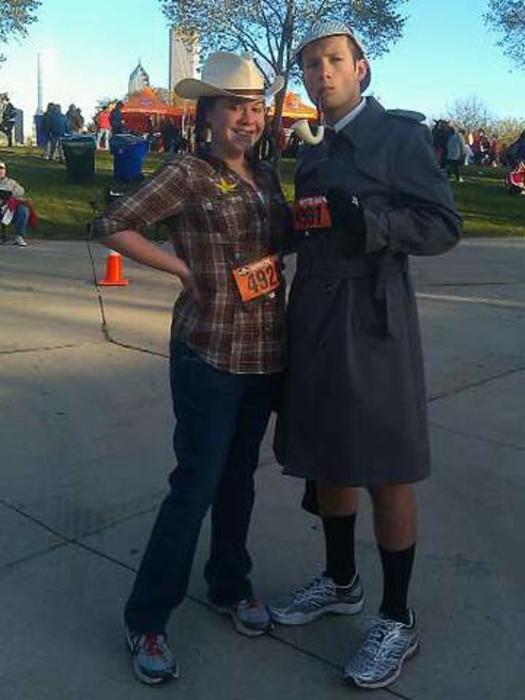

Stick to the Plan
“When I was training for my first 10K, I realized that if I missed even one of my short weekday runs, the longer run on the weekend was a challenge,” says Faith Critti, who’s training for a half-marathon and duathlon.
” Since then, I have stuck to the plan religiously — and if for some reason I have to miss a run and it’s out of my control, I do my best to fit it in at some other point that week.”


The Importance of Rest
“I used to run and work out all the time but that never gave my body time to recover,” says marathoner and triathlete Christine Yu. “My legs would always feel heavy and I would wonder why my IT band ached or my knee hurt or my race times would plateau.
As I’ve gotten older, I recognize the importance of proper rest that your muscles need to get stronger. The result has been less injury and frankly, more enjoyable running.”
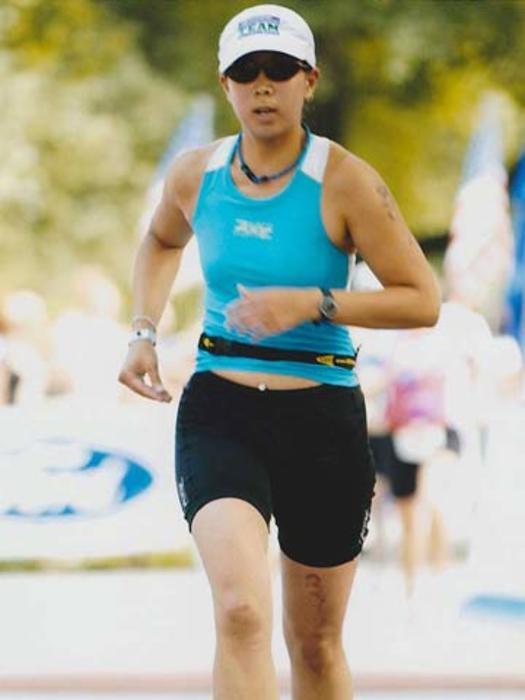

Switch Sides
“I was training to run my second half-marathon and when my left hip started bothering me,” says runner Stacy Ling. “I couldn’t figure out why. When I told my marathon-runner and personal trainer friend, she asked what side of the road I run on.
Like most people, I follow the rules of the road and always run against traffic. She told me I needed to switch sides more because running on the same side of the road all the time forces you to run in the same position, working the same muscles from the same angles, every time you run.
I started alternating which side of the road I ran on, being very careful. The pain in my IT band subsided and disappeared after about a month and has not bothered me since.”
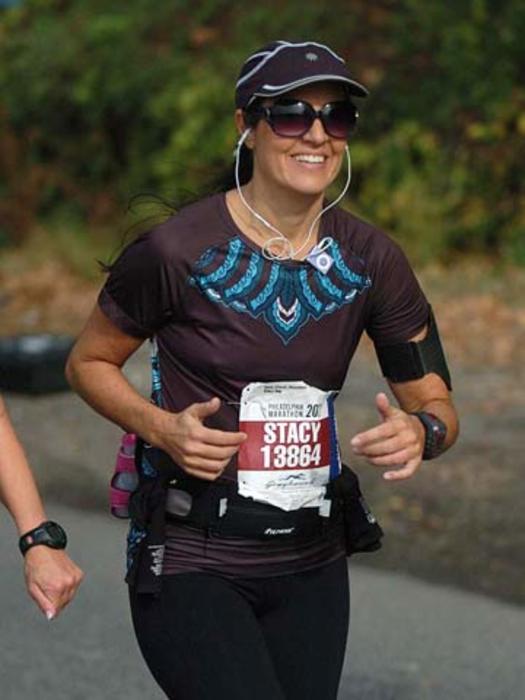

Go Over the Hill
“I was never able to completely run up a hill without having to walk,” says runner Donna Choate. “I switched up the incline on the treadmill and found a hilly route outdoors. Now I can run up an entire hill and I even increased my pace, going from a 10-minute mile to an 8- to 9-minute mile!”
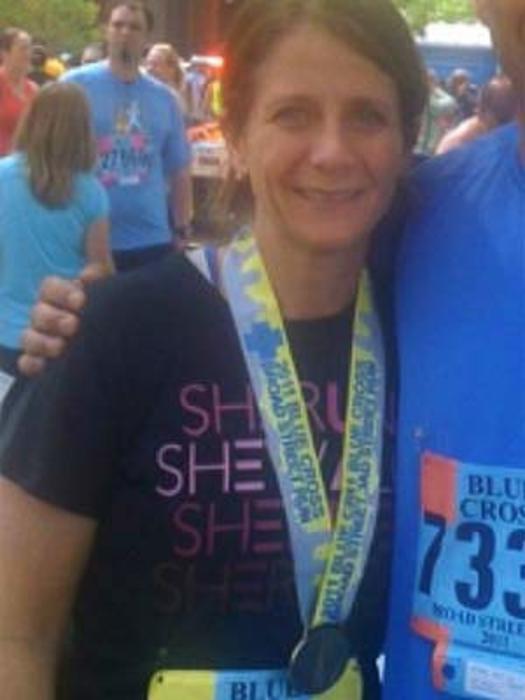

Change Things Up
“Running is my favorite cardio exercise, but if I don’t change up how I run, my body will reach a plateau and I won’t see any positive changes,” says runner and personal trainer Loren Maine. “Aside from running 5 to 10 miles a week, I do sprints 1 to 2 days a week to challenge my body and help my training.”
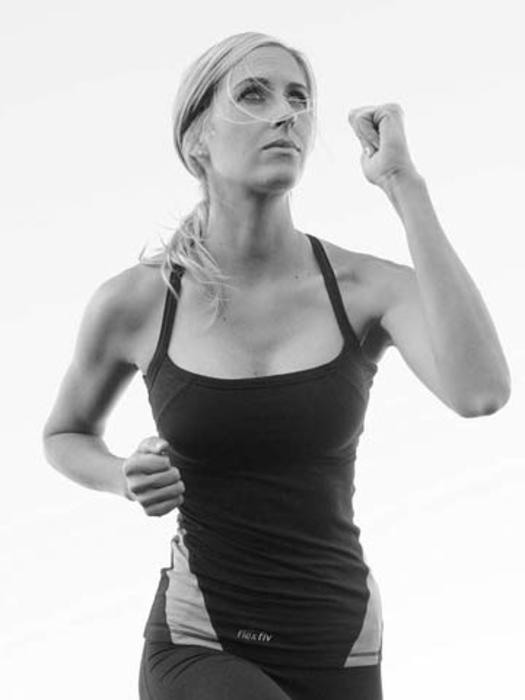

Conclusion
Running is an easy form of exercise because it doesn’t require a gym membership, classes, or equipment. It also has many benefits for your mental and physical health. Beginners should start slowly, focus on their form, and allow enough time for rest and recovery initially. This will help prevent injuries and help you learn to walk more happily.


